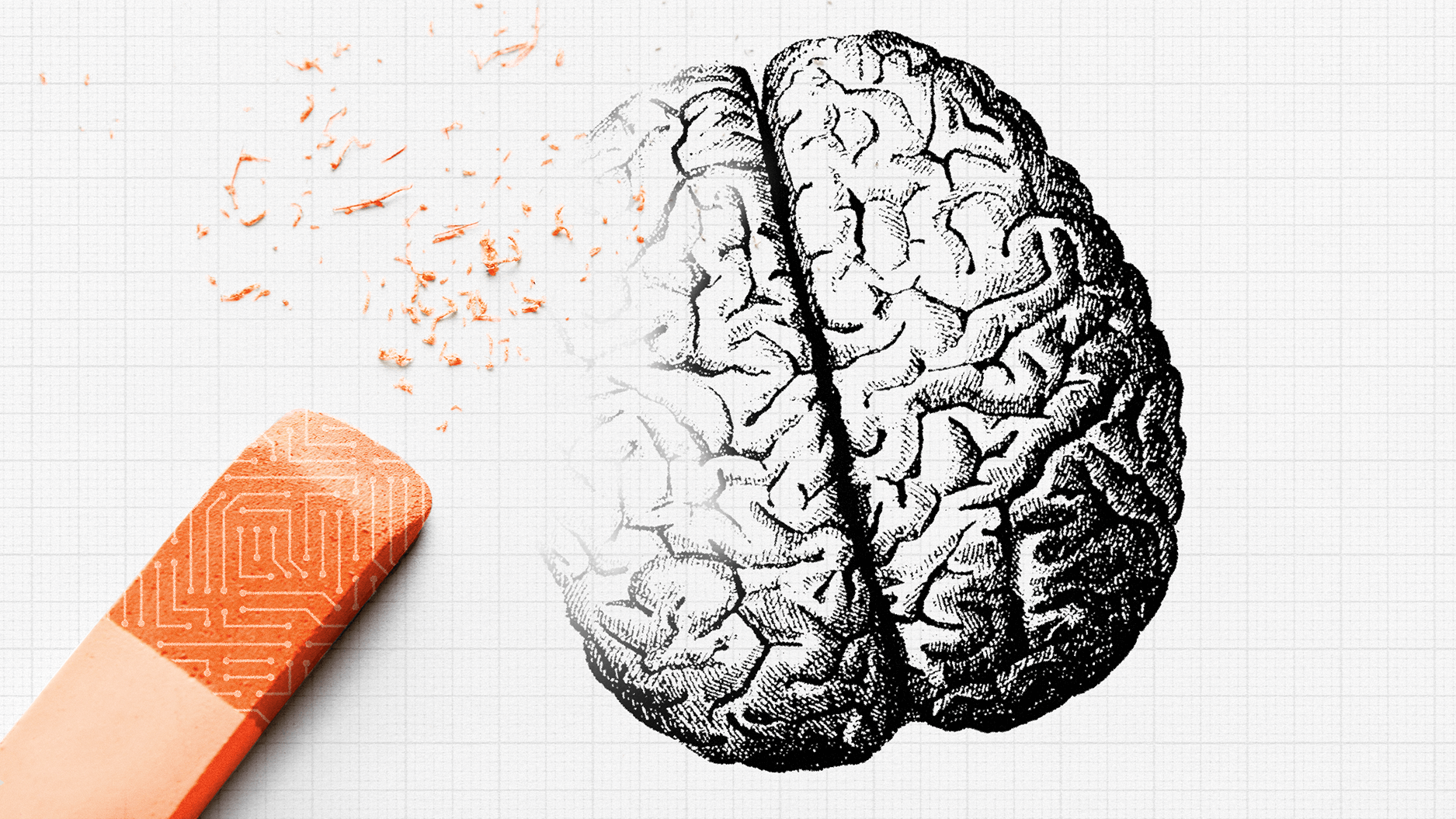Bill Nye describes evolution through the analogy of a flash mob. Some designs work out, some go away.
Bill Nye: If you are a science teacher with a student whose parents insist that he or she not be exposed to biology, to evolution, I’m not sure what the rules are. I know you can—there’s lawsuits pending in a couple of states. I get emails every week from the National Council for Science Education, the NCSE, addressing lawsuits about this issue.
But I guess just let your passion come through. It is a hard thing to find a kid who doesn’t love dinosaurs. There’s probably one, but I’ve never met him or her. So I would start there: the ancient dinosaurs are very much like modern birds, and there’s reasons for that—one thing led to the other.
The other thing I just remind everybody about—to a lesser extent this guy Alfred Wallace but—Charles Darwin was disciplined. I mean, he did these extraordinary experiments, this series of experiments to discover, to understand the process of change from generation to generation, and this change is all around us.
And the other just really hard thing for people who haven’t taken time—and this will be a pun—to understand the amount of time involved. We live less than a century, a human does, but this process that brought us to be is billions of years old, and it’s just really hard to get your mind around what that means—billion years, 65 million years.
And the other thing that’s just out of our everyday experience as people. . . . We design things and make them. We decide how big the piece of paper is. We decide how large our handwriting is going to be. Then we make an organization chart for our corporation and then we hire people. And it’s top-down, it’s idea-down. But evolution doesn’t work that way. Evolution is bottom-up. Evolution is, in the poetic sense, organic, and in the chemical sense, literally organic. All these systems emerge, all these living things emerge, and the good ones, the good designs, eat the bad designs, and so there’s no more bad designs, there’s just good designs. Then the designs compete and then they eat each other. And so you very quickly end up—people run computer models about this—you very quickly end up with an ecosystem in tuned species. It is out of our everyday experience. It is not top-down.
Although maybe—I will digress on this—maybe with the social networking that happens now, it is organic, it is bottom-up in another sense, that this self-organizing system’s come into place. Let’s all have a flash mob. Okay, there’s no manager of flash mobbing, it just emerges. And if it’s a stupid flash mob, nobody shows up, so then that one’s eliminated. If it’s big fun, like what’s the one everybody likes? “Thriller,” dancing to “Thriller,” yeah. Two hundred people show up to pretend to be Michael Jackson. Okay, it’s self-organizing is what I’m going for. And that’s what evolution is. The bad designs get eaten by the good ones and so all you have is good ones. It happens very fast.
Directed / Produced by
Jonathan Fowler & Elizabeth Rodd






